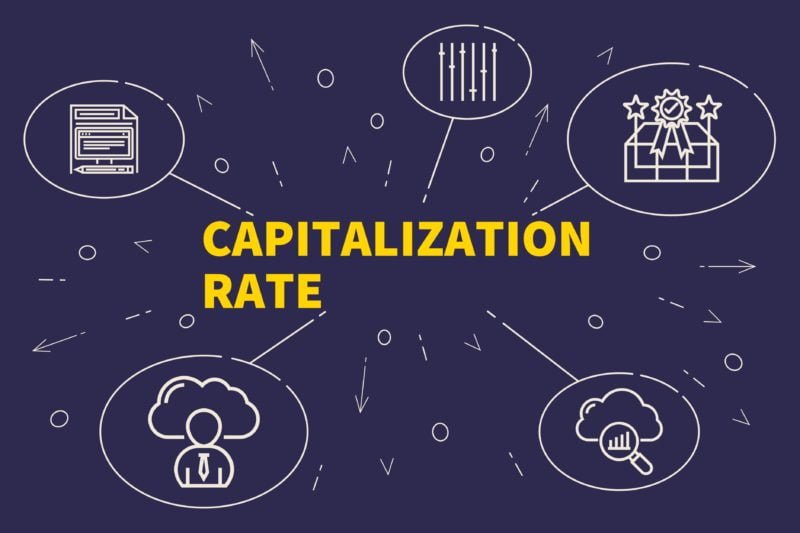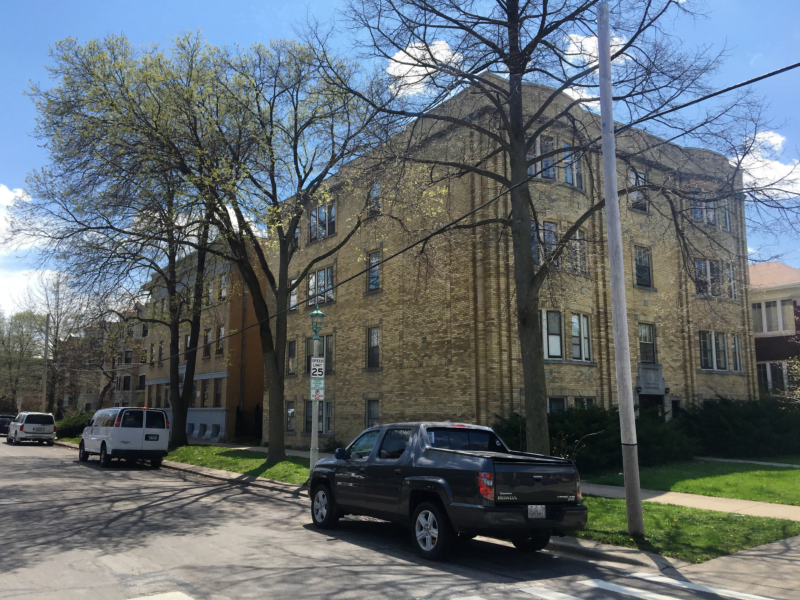08.06.18
Cap Rates: A Highly Misunderstood and Imperfect Metric

By Andy Friedman
If I had a nickel for every time I’ve been told by a real estate investor that they will only consider a property with X cap rate or above, well, I’d have a boatload of nickels.
There are several problems with using cap rates as your main filter for evaluating real estate investments. When I hear that sort of statement, it comes across to me as “I want a really good property at a really cheap price,” which in 2018 is akin to saying I want Santa to put a Ferrari in my stocking.
If I purchase a bond issued by the government or a corporation, I know what the bond will yield- the amount of money I will be paid in interest, divided by the purchase price. For example, the 10-year treasury bond’s most recent close is at a yield of 2.94%. This means that for every $100 that I use to purchase this instrument, I will receive $2.94 yearly. When the bond matures, I will receive all of my initial investment. The only thing that would change the $2.94 yearly income that I will receive would be a default by the government, a hopefully highly unlikely scenario.
Yield on a bond is calculated with the exact formula used to determine a cap rate – yearly income divided by price. The major difference lies in the fact that bond payments do not change over the life of a bond (again, in absence of a default), whereas yearly income from a property has variance. This variance can come from many sources- changes in rents, changes in vacancy percent, capital expenditures, etc. Further, different investor types have different costs to run the building. A large landlord has in-house management and has leverage to negotiate cheaper terms with landscapers, mechanical servicers, etc. An individual investor will pay a third-party company to manage the property and has no purchasing power with vendors. The same exact building will have a very different cap rate for those two owners. Despite these issues, most investors look at cap rates as if they are not only a given return but one that is an objective amount.
When we do a sale analysis on a property, we formulate at least two cap rates- current, and pro-forma. In a value-add situation, we will also formulate a post-renovation cap rate, which is a discussion for another time. Current cap rate is most simply the net operating income for the trailing twelve months divided by the purchase price. While this is perhaps a “true” cap rate, the property owner may have skimped on maintenance for the year, contributed a low amount to reserves, had an unusual one-time expense, etc. In other words, the prior year financials of a building do not mean that the next year will be the same.
Pro-forma cap rates are an exercise in “normalizing” all of the variables that contribute to cap rates. At Kiser Group, we have standard metrics that apply to an “average” building, and we underwrite around that average. If a building has just undergone a complete and professional gut rehab, we will underwrite a lower reserve amount than “average.” If a building has more frequent renter turnover than normal, we will underwrite a higher decorating expense than “average.” The most important part of a pro-forma, rents, is where deep local expertise is needed to determine what “market” rent is. While it is cliché at this point to see “room to raise rents” in an offering memorandum, there are indeed times where a property has been poorly run, and rents are truly below the going rate for similar units. For rent and for many expenses, there is no “true” correct number, but a properly executed pro-forma analysis can be backed up by research and methodical reasoning, and you should always discuss those items with the broker that has given you the offering memorandum.
Instead of screening potential real estate investments by cap rate alone, use it in conjunction with other metrics- price per unit, price per square foot, gross rent multiplier, etc. It’s amazing how different a property can look once you take in the whole picture. You may just find a gem that others have overlooked because it had a “low” cap rate.
